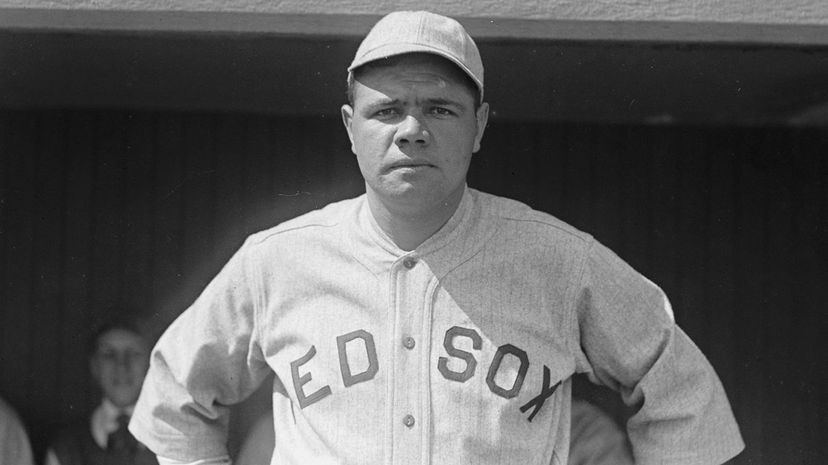
About This Quiz
"I have just one superstition. Whenever I hit a home run, I make certain I touch all four bases." — Babe Ruth.
Babe Ruth certainly followed this superstition religiously, as he ran all four bases after hitting a home run 714 times throughout his major league career. His 714 career home runs were a record that stood until it was surpassed by Hank Aaron in 1974, signaling just how much of an impact Ruth had on the game of baseball.
Born George Herman Ruth Jr., the man who would become known as "Babe" changed the course of baseball history when he started swinging for the fences, adding an offensive element that had rarely been present in the game before his arrival. He would break the single-season home run record in 1919, then set it three more times before his retirement.
Ruth wasn't only great at the plate, either, as he established a legacy that few others have matched. A multi-time champion with two different ball clubs, Ruth was stellar at multiple defensive positions, showing just how versatile he was as an athlete.
Are you ready to find out how much you know about the heart and soul Ruth poured into the game of baseball? Take a swing at this Babe Ruth quiz to find out.
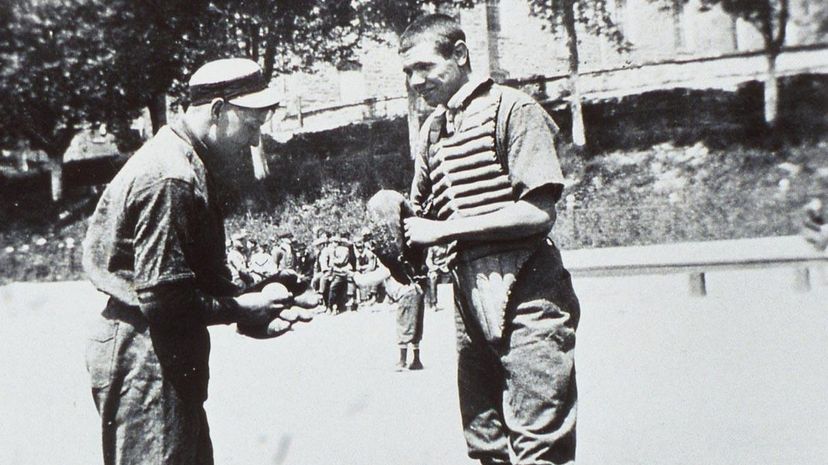
Babe Ruth hit his first home run as a professional baseball player in Fayetteville, North Carolina, at only 19 years old while playing for the Baltimore Orioles. Though he only played half a season with the team, his feat is still recognized by a historical marker on the spot where it happened.
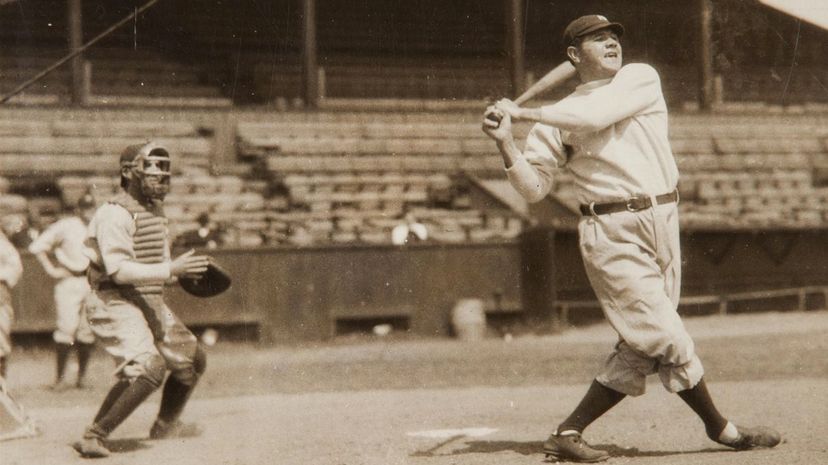
The Baltimore Orioles were struggling to make money in 1914, as Babe Ruth started to make a name for himself in the baseball world. Needing the cash, the Orioles sold his contract, along with two other players, to the Boston Red Sox for $16,000.

Babe Ruth received his first start with the Boston Red Sox on July 11, 1914, pitching a total of seven innings for the team. Facing off against the Cleveland Indians, Ruth and the Red Sox won the game 4-3.
Advertisement
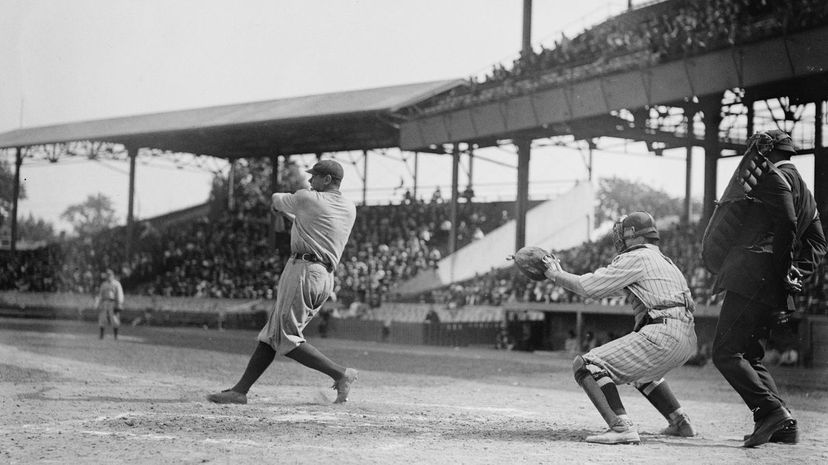
Babe Ruth hit his first home run in the majors at the Polo Grounds against the team where he would later make a name for himself, the New York Yankees. The home run, which came off Jack Warhop, led to the first score of the game, though the Red Sox ultimately lost.
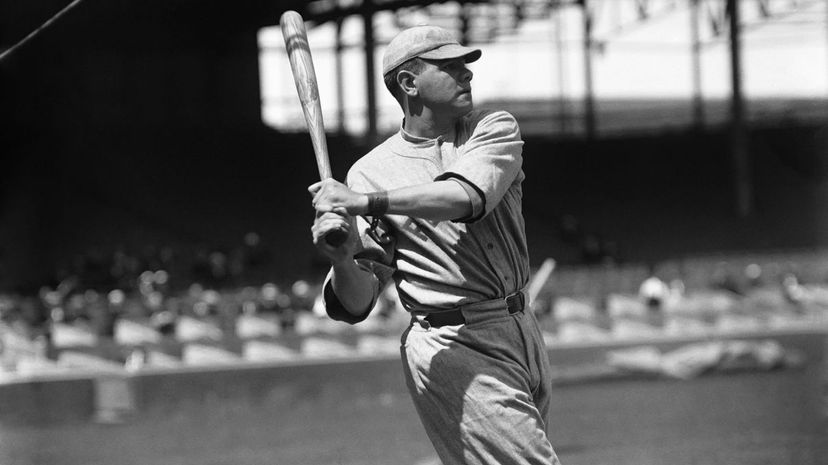
As a young player, Babe Ruth surprised many fans with his hitting prowess, earning him the nickname "The Sultan of Swat." However, his pitching duties meant he only played every few games, which wouldn't change until later in his career.
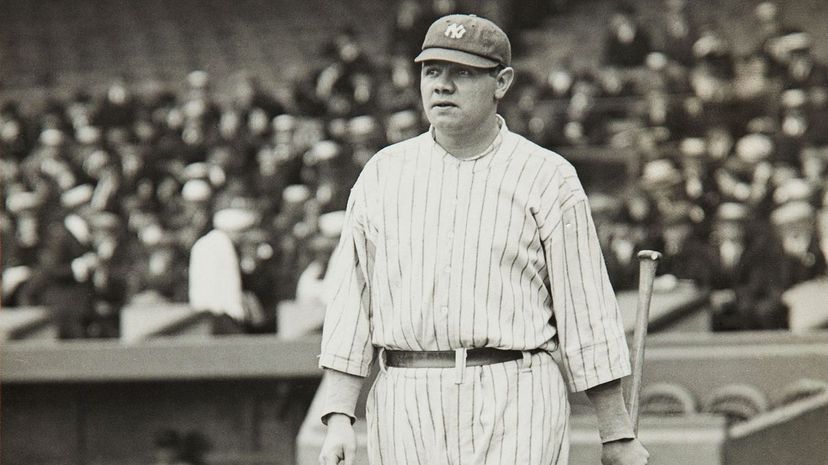
Babe Ruth won his first of seven World Series in 1915 with the Boston Red Sox facing off against the Philadelphia Phillies. Ruth didn't play much in the series, receiving only one pinch-hitting opportunity and not pitching a single game.
Advertisement
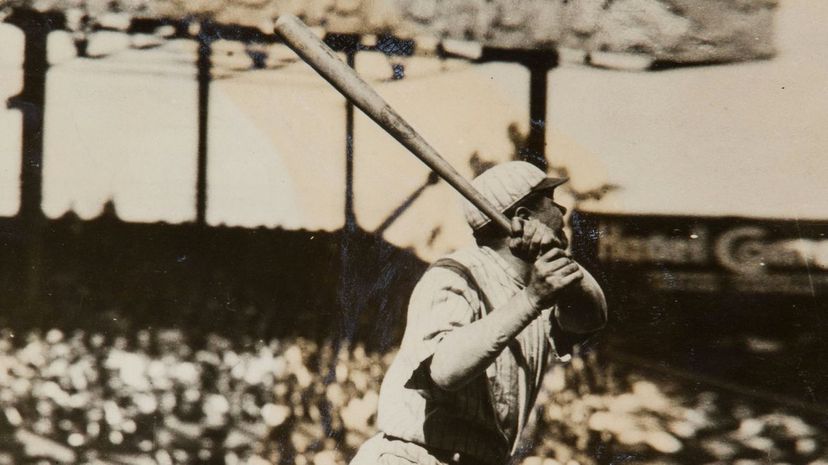
Since most teams didn't use individual numbers during much of Babe Ruth's career, he didn't receive No. 3 until he was with the New York Yankees. The change came because the Yankees wanted fans to be able to identify players on the field, especially stars like Ruth.
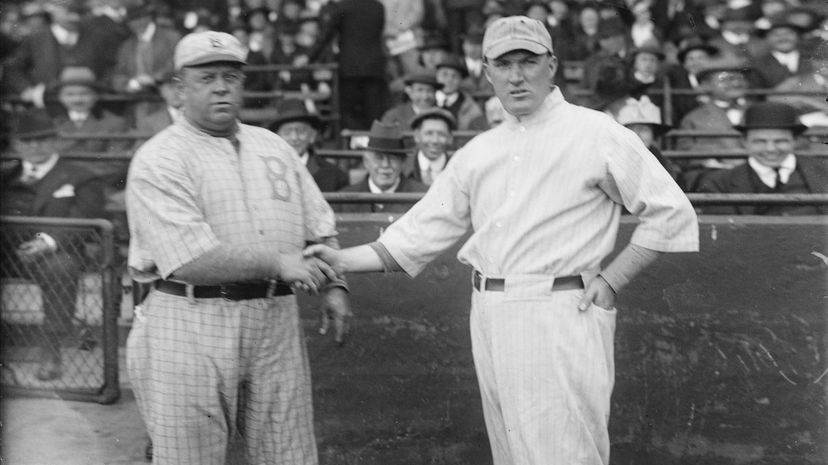
Babe Ruth was the star of Game 2 of the 1916 World Series, pitching in 14 innings, which included 13 straight innings without allowing a run. The Boston Red Sox won the game 2-1 and went on to win the series in five games.
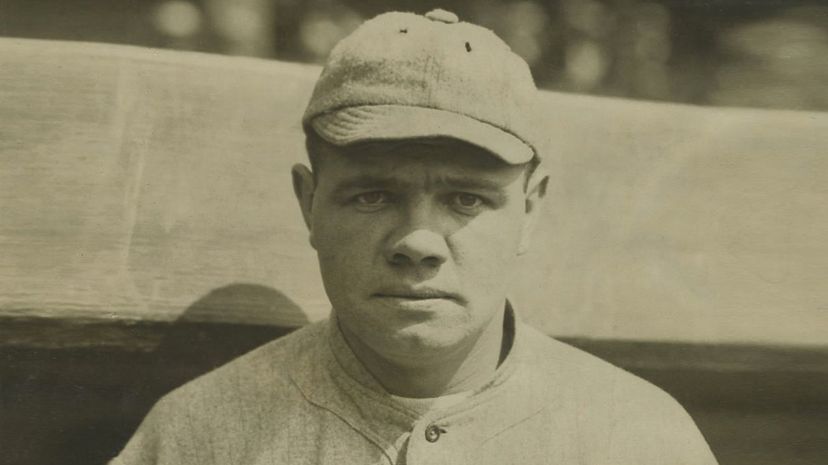
Throughout the 1916 MLB season, Babe Ruth went head to head with another Hall of Fame pitcher, Walter Johnson, in five fierce duels. Ruth won four of the games, which included two games where only one run was scored.
Advertisement
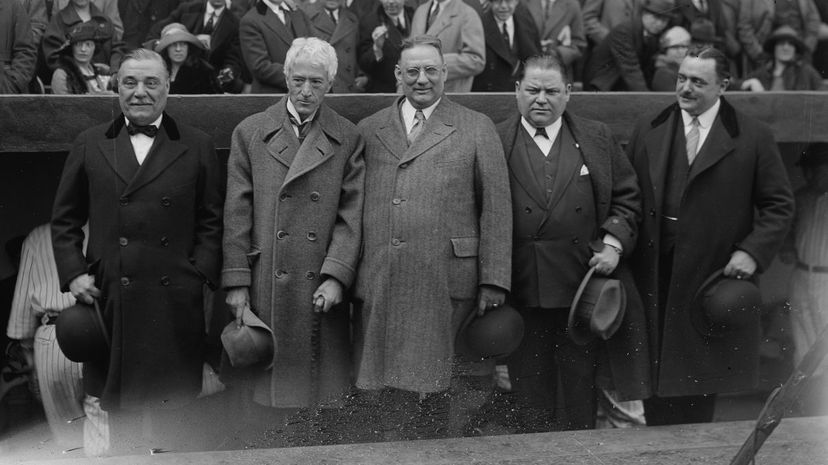
When Harry Frazee sold Babe Ruth's contract to the New York Yankees, it launched what became known as "The Curse of the Bambino," as the Red Sox wouldn't win another World Series for 86 years. They finally broke the curse in 2004 by defeating the St. Louis Cardinals in four games.
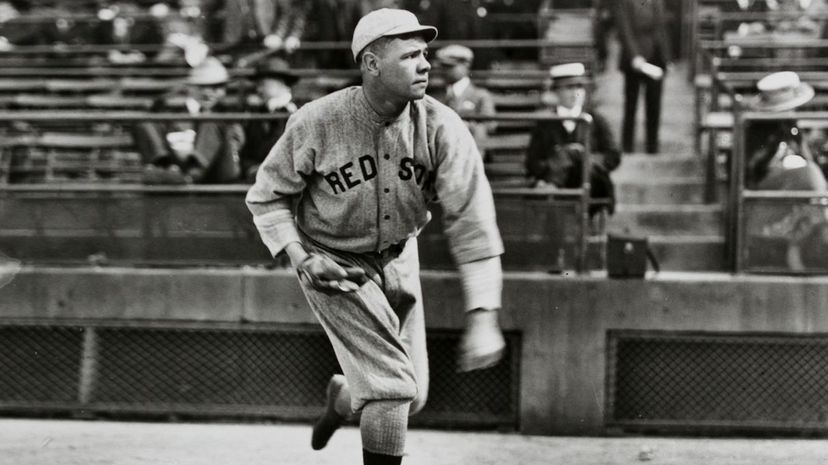
In his final World Series as a Boston Red Sox, Babe Ruth won both of the games he pitched, Game 1 and Game 4. The two games were low scoring, but his Game 1 performance was near perfect as he didn't allow a single runner to reach home plate.
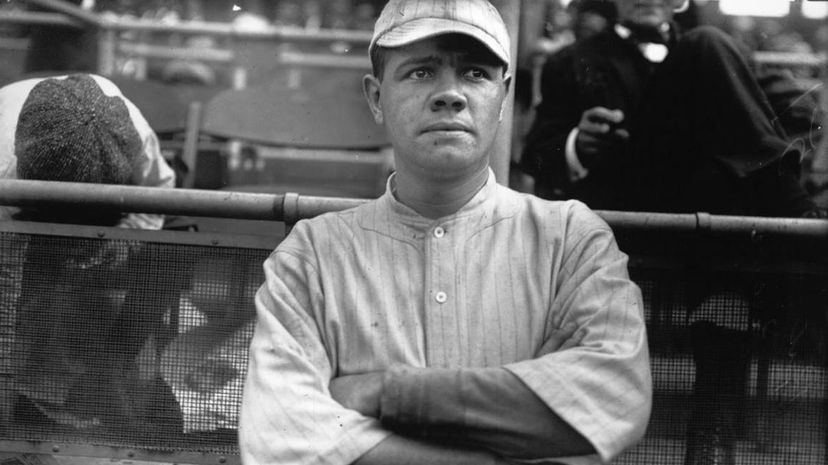
Babe Ruth's 11 home runs in 1918 were nothing spectacular, especially considering how great he eventually became at the plate. However, he won the home run title while only playing in 95 games, which would be the fewest he played until his final season in the league.
Advertisement
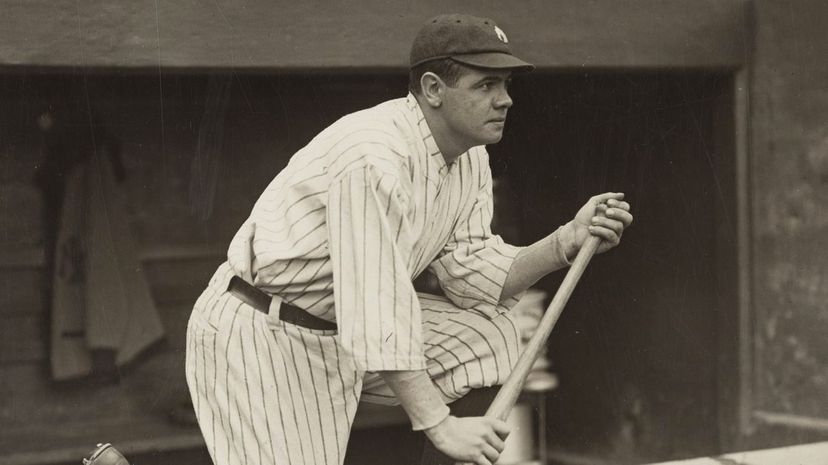
Realizing that his real talent was as a slugger, Babe Ruth wanted to play in more games, so he gave up his pitching responsibilities. Instead, he moved to the outfield, where he shined almost as much as at pitcher, averaging 11.3 assists per year.
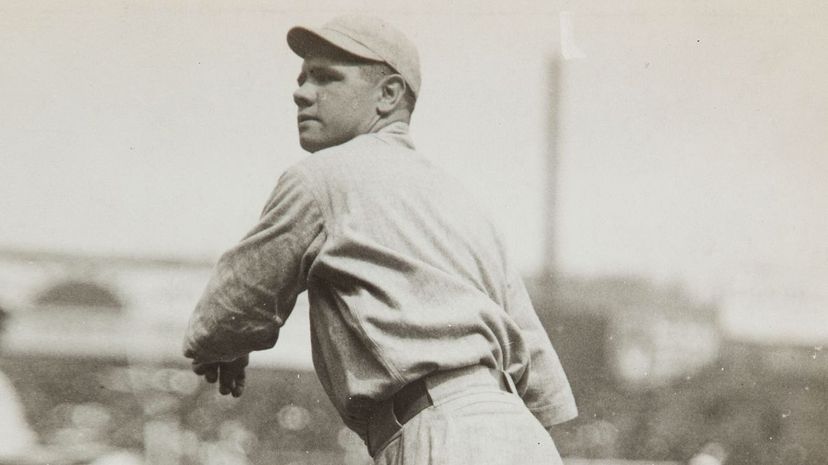
Posting a record of 94-46 as a pitcher, Babe Ruth finished his career with a .671 winning percentage. That puts him at 12th on the list of career winning percentage, which is better than pitching greats like Roy Halladay and Roger Clemens.
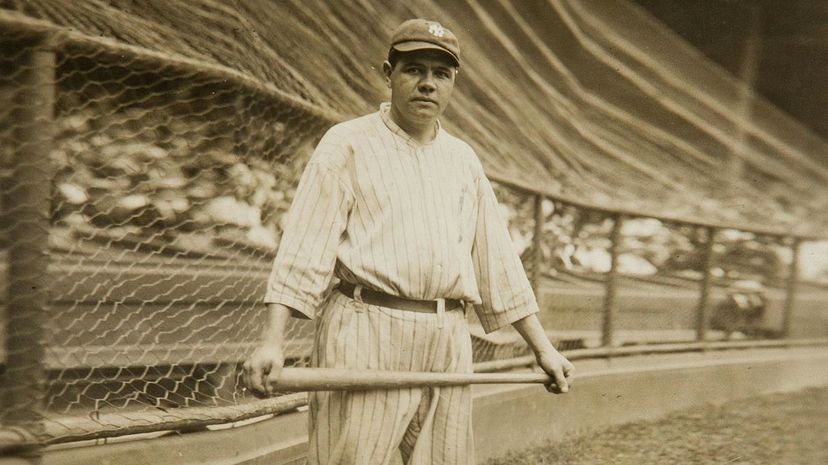
At the time of his retirement, Babe Ruth was the all-time leader in not only slugging percentage but also home runs, runs batted in and bases on balls. The other records have since been broken, but his .69 slugging percentage still stands.
Advertisement
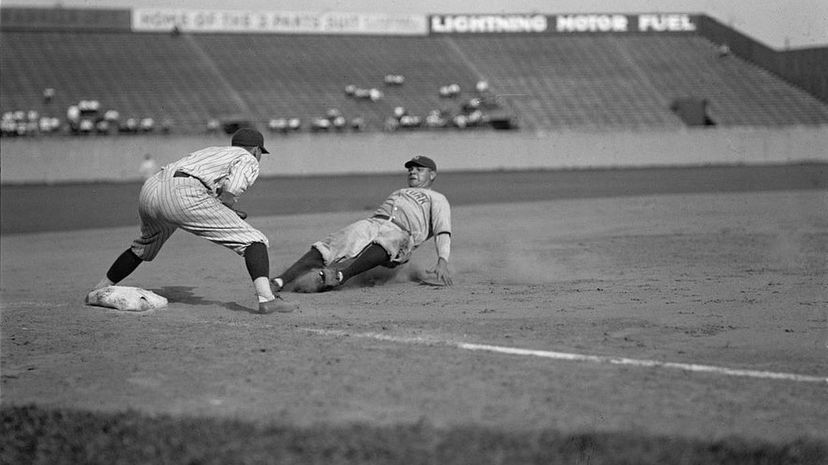
Had Babe Ruth's prime been after 1931, he certainly would have won more awards for Most Valuable Player. However, before 1931, players were only allowed to win the award once, which is why Ruth earned his only AL MVP in 1923.
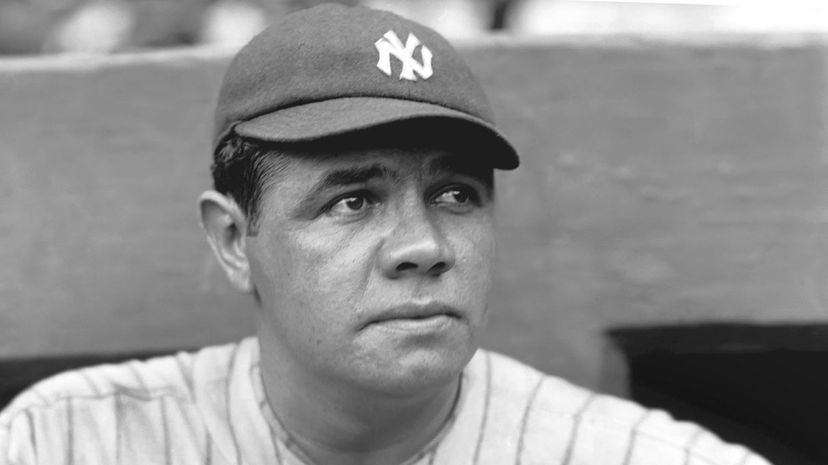
Babe Ruth played in 110 games in 1922 compared to the 140-plus games he played in every other season between 1920 and 1924. The lack of games is the primary reason he only hit 35 homers that year, but the key word is "only," as 35 was still high for the era.
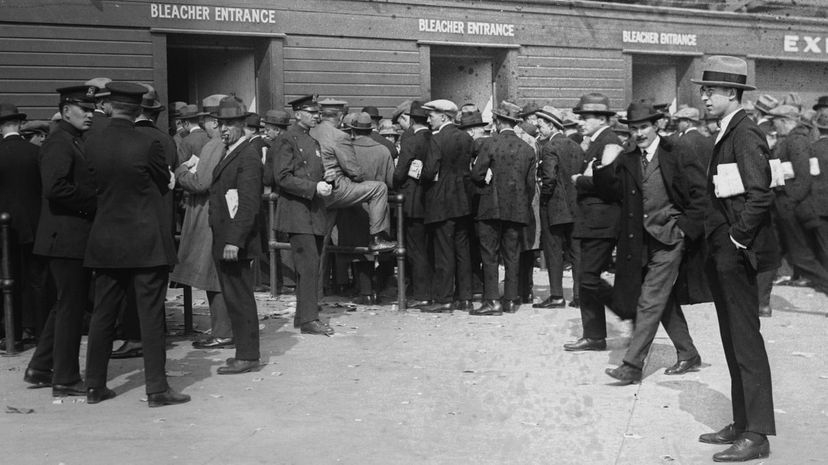
Managed by John McGraw and with stars like Frankie Frisch and Dave Bancroft, the New York Giants were no scrubs in 1923, as they were coming off back-to-back World Series titles. However, the New York Yankees proved to be too much as they won the series in six games behind Babe Ruth's three home runs.
Advertisement
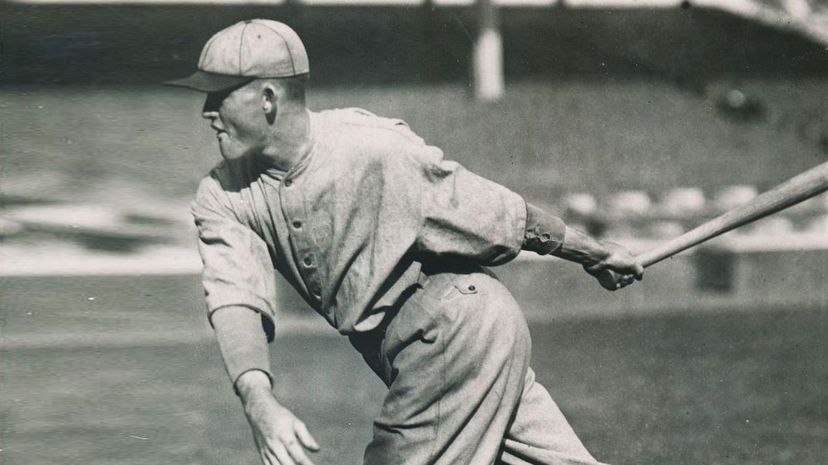
The 1926 World Series went all seven games, and Game 7 was a nail bitter, as the New York Yankees went into the ninth inning down by one run. Babe Ruth, knowing someone needed to make a play, decided to steal second base but was tagged out by Rogers Hornsby to lose the game and the championship.
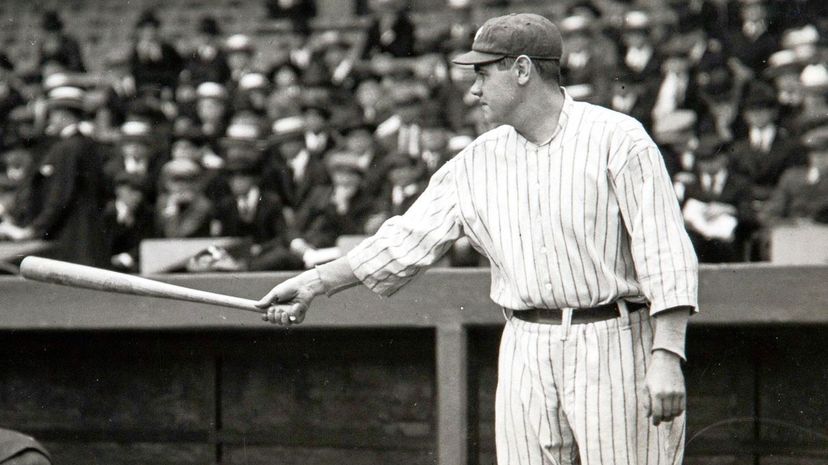
Even though the New York Yankees lost the 1926 World Series, there were plenty of bright moments for Babe Ruth, including his three home run performance in Game 4. His three homers helped the Yankees win the game 10-5.
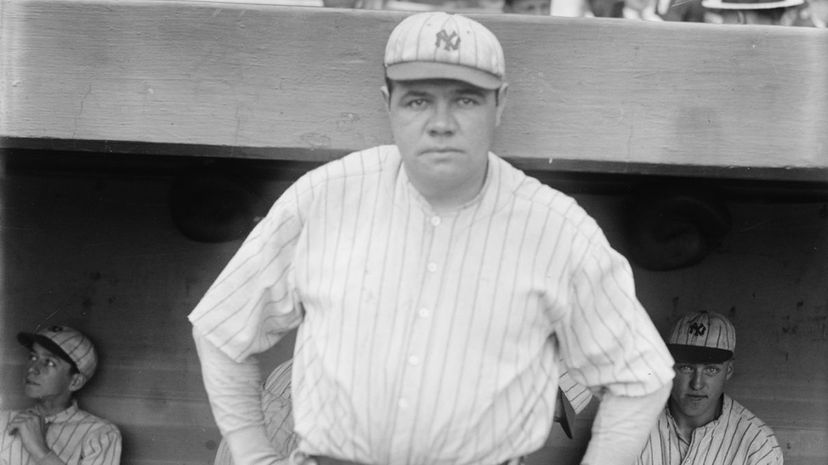
In 1924, Babe Ruth exceeded his career batting average of .342 to finish the season with a .378 batting average, which was the best of his career. His numbers at the plate were enough to earn him the AL batting championship.
Advertisement
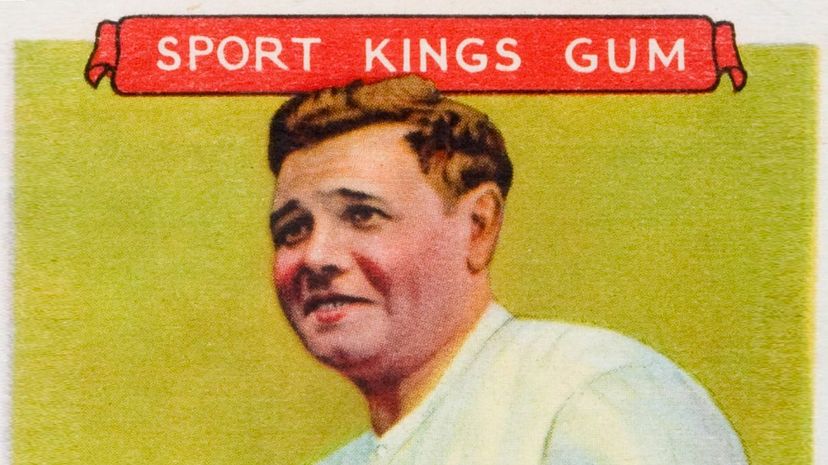
The first All-Star Game, which was played at Comiskey Park in Chicago, didn't take place until 1933. Since Babe Ruth's career was coming to a close, he only played in two All-Star Games, but that didn't stop him from making history in 1933.
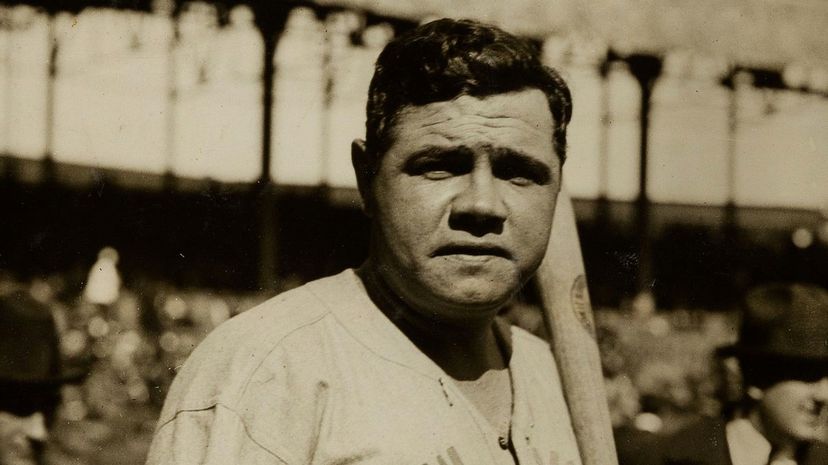
Babe Ruth was the most well-known slugger in the famous New York Yankees' lineup known as "Murderers' Row," but he wasn't the only Hall of Famer batting for the Yankees that year. Other legends included Earle Combs, Lou Gehrig and Tony Lazzeri.
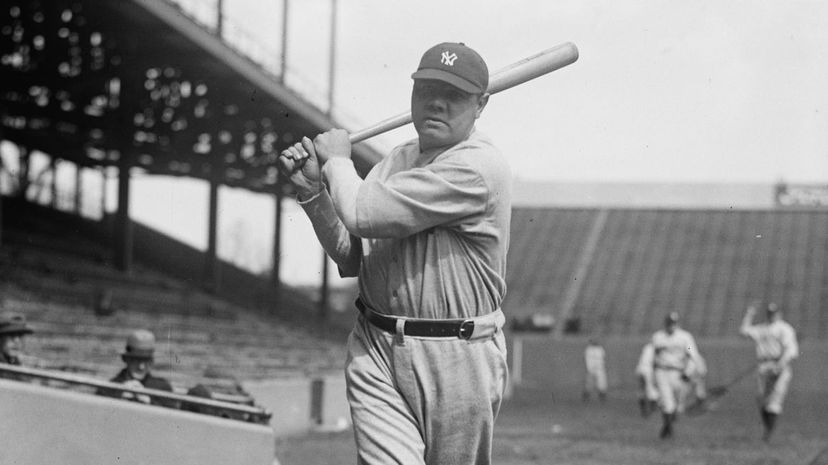
Babe Ruth's record of 60 home runs in a season wouldn't be beaten until 1961 when Mickey Mantle and Roger Maris went back and forth trying to beat it. Maris set the record when he hit his 61st home run on the last day of the regular season.
Advertisement
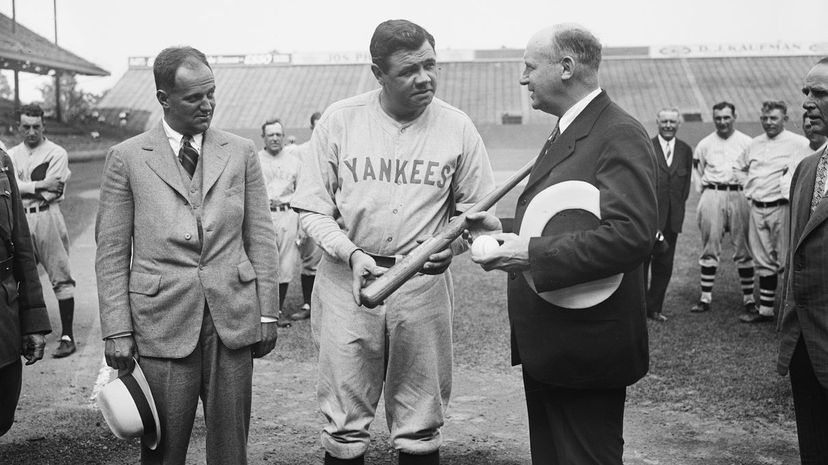
Having won 110 games during the 1927 regular season — a league record at the time — the New York Yankees were destined to win the World Series. They completed their destiny by defeating the Pittsburgh Pirates in only four games.
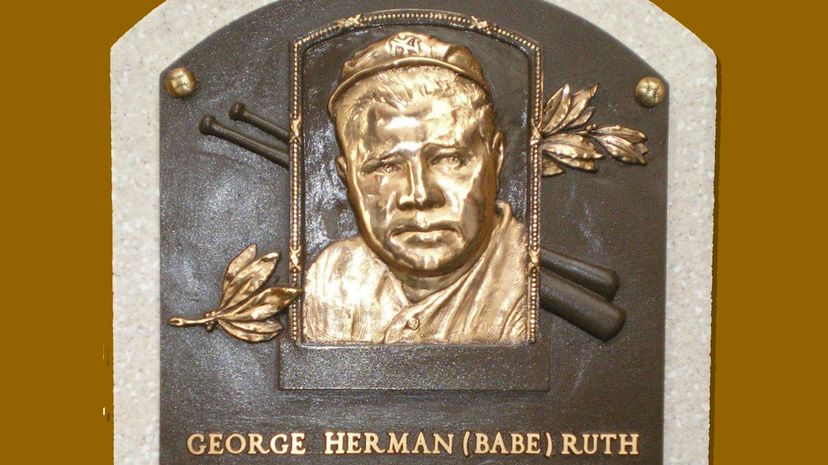
The New York Yankees were already up three games to none against the St. Louis Cardinals in the 1928 World Series, and Babe Ruth had yet to hit a home run. That all changed in Game 4 when Ruth hit three to help his team close out the series in four games.

Babe Ruth not only had the hitting power to score himself, but he often sent his teammates home as well. Leading the league in runs batted in in six different seasons, he finished his career with a total of 2,214 runs batted in, which is second all-time.
Advertisement
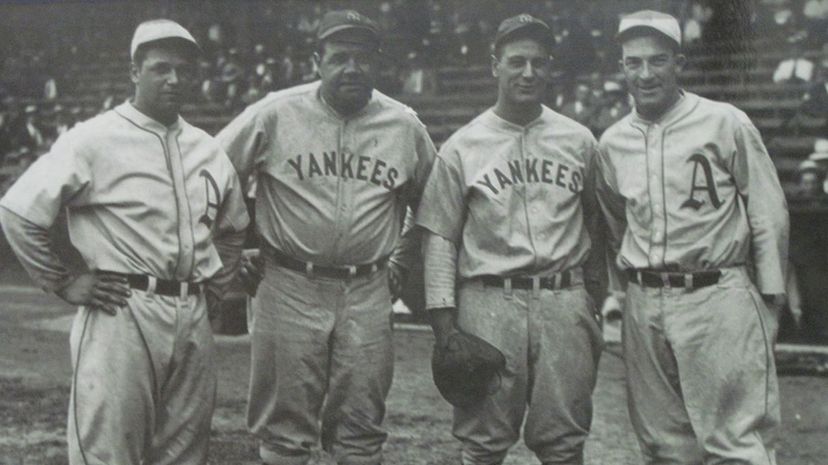
Lou Gehrig was probably Babe Ruth's greatest teammate, especially when it came to batting. Influenced by Ruth, Gehrig was a constant home run threat himself, hitting 493 homers during his career.
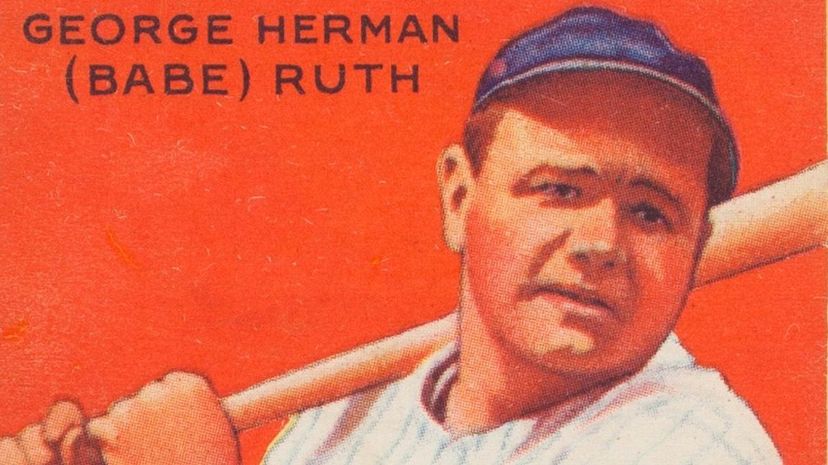
The New York Yankees were already up by two games against the Chicago Cubs when Babe Ruth showed his confidence in the fifth inning by pointing to the outfield. With the score tied, Ruth slammed a home run in the exact spot to which he had pointed.
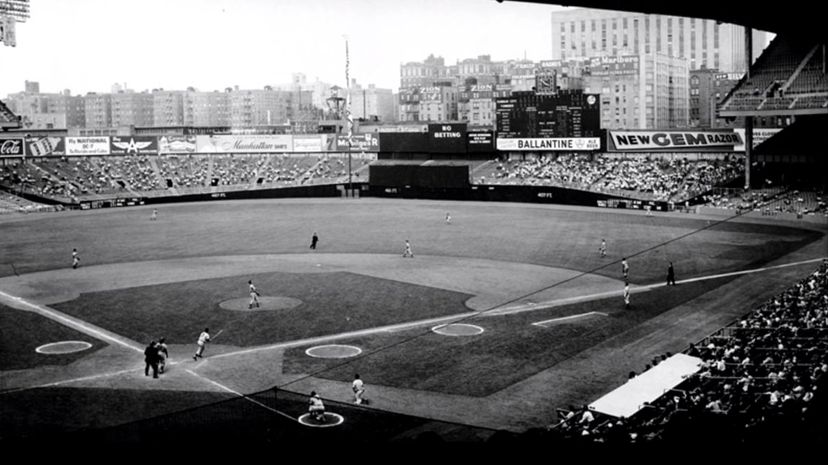
Babe Ruth had been lobbying for the manager job on the New York Yankees for years, especially after the death of longtime manager Miller Huggins in 1929. However, the Yankees saw no future with Ruth beyond the playing field, forcing Ruth to look elsewhere if he wanted an opportunity after his playing days came to a close.
Advertisement
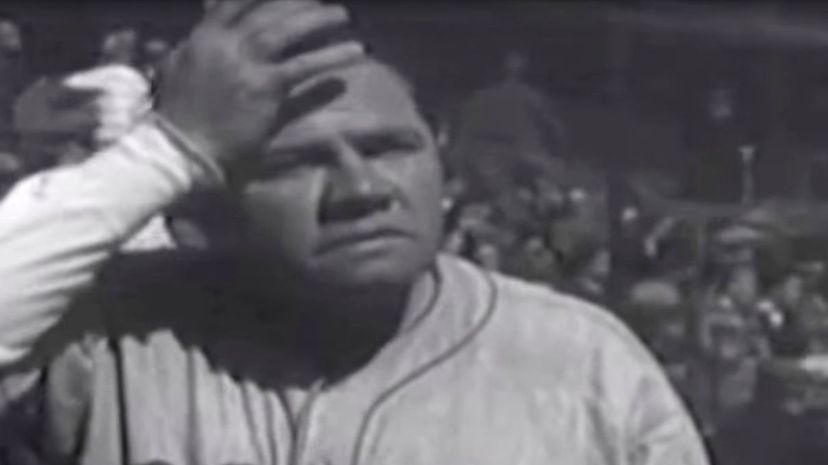
Knowing his prime was behind him, the Boston Braves brought Babe Ruth in more as a mascot than as a player, hoping he would draw attention and inspire the other players. To their disappointment, Ruth only played in 28 games, and he retired halfway through the season.
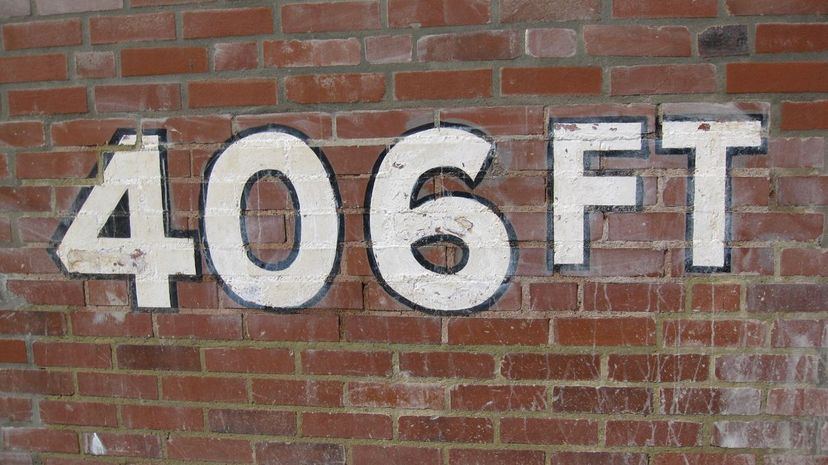
Babe Ruth's final season in the league was abysmal, but he did have one stellar performance against the Pittsburgh Pirates at Forbes Field on May 25, 1935. Recording four hits that day, Ruth slammed the final three home runs of his career, giving him 714 homers in total.
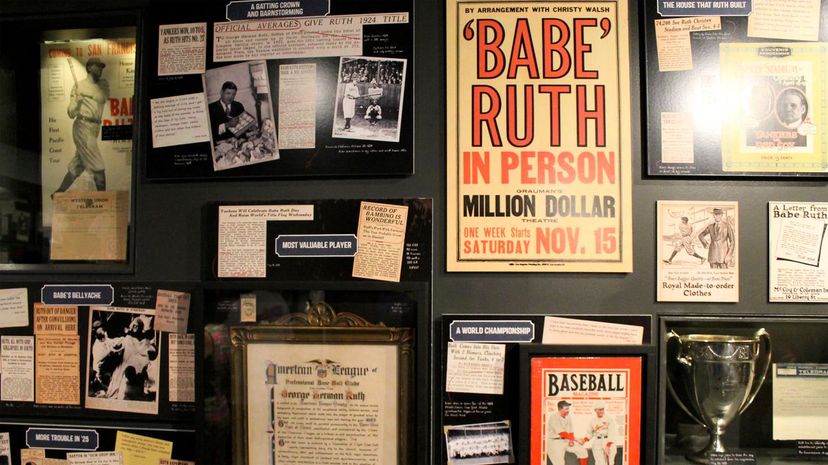
The Baseball Hall of Fame was created in 1936, only a year after Babe Ruth retired, and he was one of the first five players inducted. Alongside Ruth, Ty Cobb, Honus Wagner, Christy Mathewson and Walter Johnson were also inducted.
Advertisement

Babe Ruth never got the opportunity to manage a team that he had hoped for as his career ended, instead agreeing to serve as a first base coach for the Brooklyn Dodgers in 1938. In his later life, this led him into a severe depression, which ultimately led to his health decline.
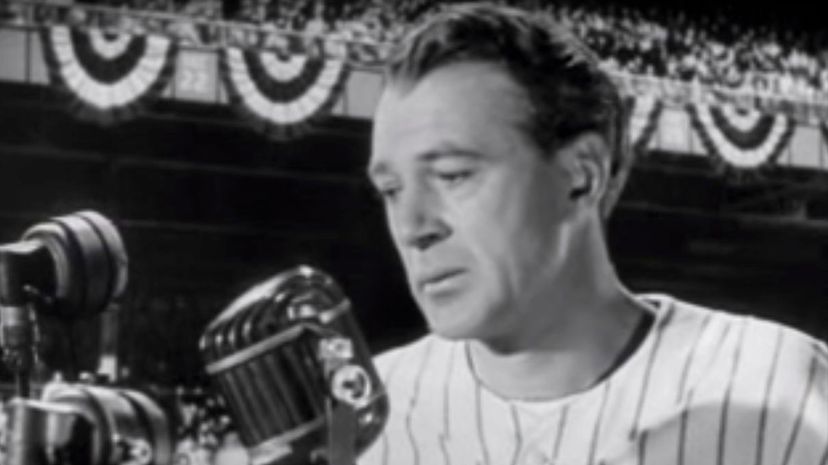
"The Pride of the Yankees" was a film directed by Sam Wood to honor Lou Gehrig, who had died of amyotrophic lateral sclerosis a year before its release. The disease had forced Gehrig into retirement in 1939 and became so associated with Gehrig that it is commonly called "Lou Gehrig's disease."